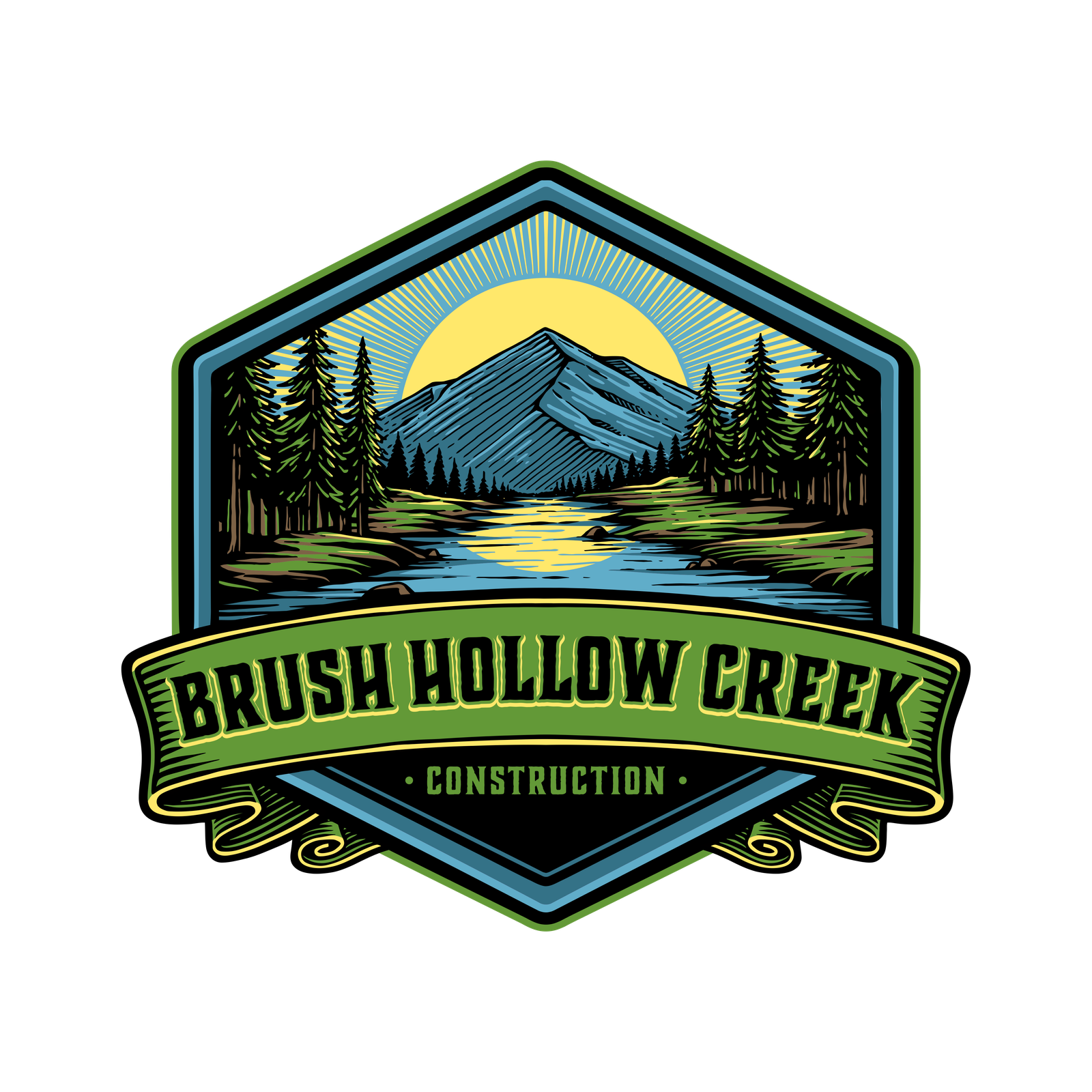Stamped concrete has become one of the most popular choices for patios, driveways, and walkways because it offers the beauty of stone, brick, or slate at a more affordable price. But while stamped concrete is known for its decorative appeal and strength, its installation and long-term durability are highly dependent on one critical factor: the weather.
If you’re planning a stamped concrete project or want to understand how to extend the lifespan of your existing surface, knowing how temperature, humidity, rain, freeze-thaw cycles, and UV exposure affect the material is essential. In this guide, we’ll break down how weather impacts the installation process, the long-term durability of stamped concrete, and how you can protect your investment.
Understanding the Stamped Concrete Installation Process
Before diving into weather effects, it helps to understand how stamped concrete is installed.
- Pouring the slab – Wet concrete is mixed and poured into forms.
- Coloring and stamping – Color hardeners or integral pigments are added, then stamps create a stone, brick, or wood-like texture.
- Curing – The hydration reaction allows concrete to harden and gain strength.
- Sealing – A protective sealer locks in color and shields against moisture and UV exposure.
Each of these steps is highly sensitive to environmental conditions. If the weather isn’t right, the curing process may be compromised, leading to cracks, discoloration, or premature deterioration.
The Role of Temperature in Stamped Concrete Performance
Hot Weather Placement
When temperatures rise above 85°F (29°C), stamped concrete faces several challenges:
- Rapid evaporation causes surface shrinkage cracks.
- Premature drying can weaken the surface and make stamping more difficult.
- Surface scaling may occur if finishing happens too soon.
Installers often use evaporation retarders, curing blankets, or adjust the concrete mix with set retarders to slow down hydration in hot climates.
Cold Weather Placement
On the other hand, when temperatures fall below 50°F (10°C):
- The hydration process slows dramatically, delaying curing.
- Concrete may fail to reach proper strength, leading to long-term durability issues.
- If freezing occurs before curing is complete, the concrete can crack internally.
Professionals combat this by using heated enclosures, accelerators, or insulating blankets to maintain proper curing conditions.
Optimal temperature range for installation: between 50°F (10°C) and 80°F (27°C).
Moisture and Humidity Effects
Moisture levels in the air also play a major role:
- High humidity: slows evaporation, which can extend curing times. While slower curing improves strength, excessive moisture can cause surface defects or discoloration.
- Low humidity: leads to rapid surface drying, causing shrinkage cracks and weak spots.
- Rain during curing: one of the biggest threats. If heavy rain falls within 24–48 hours after pouring, it can wash away color, ruin texture, and weaken the top layer.
To prevent damage, professionals closely monitor forecasts and use waterproof covers if rain is expected.
Freeze-Thaw Cycles and Long-Term Durability
For homeowners in colder climates, freeze-thaw cycles are a major durability concern.
When water seeps into pores and then freezes, it expands, putting stress on the concrete. Over time, this leads to cracking, scaling, and spalling (surface flaking).
Solutions include:
- Using air-entrained concrete, which contains microscopic air bubbles that provide space for water expansion.
- Installing expansion joints to manage concrete expansion and contraction.
- Applying sealers regularly to reduce water absorption.
Without these measures, stamped concrete may deteriorate prematurely in regions with harsh winters.
Sunlight and UV Exposure on Stamped Concrete
Direct sunlight doesn’t just heat concrete—it also affects its appearance and structural integrity.
- Fading of color: UV rays break down pigments, causing stamped patterns to lose vibrancy.
- Surface expansion: Heat causes expansion, which can lead to fine hairline cracks.
- Sealer breakdown: Constant UV exposure reduces the effectiveness of protective coatings.
UV-resistant sealers are essential for homeowners in sunny regions, ensuring stamped concrete retains its beauty over time.
Seasonal Considerations for Installation
Because weather varies dramatically by season, the right installation timing is key:
- Spring: Ideal for stamped concrete. Temperatures are moderate, and curing conditions are optimal.
- Summer: Feasible, but requires extra steps to prevent rapid evaporation and cracking.
- Fall: Good for installation if curing completes before frost arrives.
- Winter: Generally discouraged unless contractors use specialized heating and curing methods.
Timing your project with the right season not only improves installation quality but also reduces long-term maintenance costs.
Maintenance Strategies Based on Climate
To maximize stamped concrete lifespan, ongoing care tailored to your local climate is necessary:
- Regular sealing (every 2–3 years) protects against moisture, freeze-thaw damage, and UV fading.
- Choose breathable sealers in humid regions to prevent trapped moisture.
- Winter care: Avoid deicing salts, which can cause surface scaling. Instead, use sand for traction.
- Summer care: Rinse surfaces during extreme heat to reduce thermal stress and prevent discoloration.
These strategies extend the durability of stamped concrete while preserving its decorative appeal.
Professional vs. DIY – Weather-Related Risks
Many homeowners consider DIY stamped concrete, but weather adds complexity:
- Forecast misjudgment can lead to ruined surfaces.
- Improper curing methods in hot or cold weather cause structural weakness.
- Inadequate sealing in humid or UV-heavy environments accelerates damage.
Professional installers use weather monitoring, specialized admixtures, and protective techniques to ensure stamped concrete can withstand climate challenges.
Future Trends in Weather-Resistant Stamped Concrete
The construction industry is constantly innovating to create longer-lasting decorative surfaces. Emerging trends include:
- Advanced admixtures that improve hydration in extreme conditions.
- High-performance sealers with better UV, moisture, and chemical resistance.
- Smart curing sensors that track moisture and temperature for optimal results.
- Sustainable mix designs with reduced environmental impact while enhancing durability.
These innovations aim to make stamped concrete more resilient, even in challenging climates
Conclusion: Balancing Design with Climate Awareness
Stamped concrete is an excellent choice for outdoor spaces, offering durability and design flexibility. However, its performance and longevity depend heavily on weather during installation and climate-related maintenance practices.
From hot weather cracking to freeze-thaw damage, rain exposure, and UV fading, each environmental factor has a direct impact on stamped concrete. By choosing the right season for installation, applying protective sealers, and following climate-appropriate maintenance strategies, homeowners can enjoy a beautiful stamped concrete surface for decades.
Takeaway: Weather awareness isn’t just a technical detail—it’s the difference between stamped concrete that lasts 5 years and one that lasts 25.

